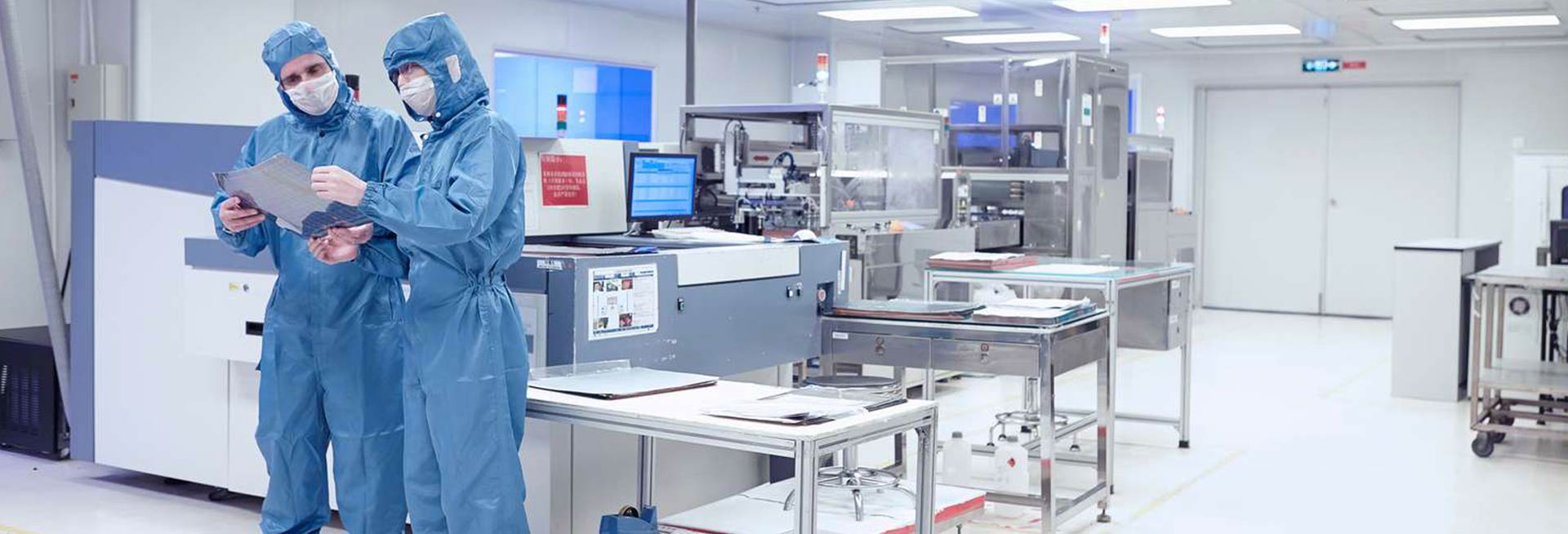Exploring Cutting-edge Control Strategies for Sustainable Manufacturing Practices in Cleanrooms
Introduction
The pharmaceutical industry is pivotal in safeguarding public health, with the global market for pharmaceutical products witnessing a remarkable 50% growth since 2010. To support this expansion, the construction and operation of pharmaceutical cleanrooms—meticulously regulated environments essential for biopharmaceutical manufacturing—have also evolved significantly. These cleanrooms are designed to meet rigorous standards, ensuring cleanliness, differential pressure, temperature, humidity, and airflow, all in compliance with Good Manufacturing Practices (GMP). The classification of cleanrooms into Class A, Class B, Class C, and Class D is fundamental, and the choice of cleanroom class depends on the production processes, facility layout, and risk assessments. GMP requirements stipulate that the production environment parameters must meet the process risk control needs of biopharmaceutical plants.
The Energy Challenge in Cleanroom Operations
While maintaining stringent cleanliness standards is vital, it comes with significant operational challenges, particularly regarding energy consumption. Cleanrooms require extensive air conditioning and ventilation systems to filter and circulate clean air continuously. Unfortunately, these systems, while crucial for maintaining prescribed environmental standards, contribute to high energy usage.
Recent research has proposed innovative control strategies aimed at enhancing energy efficiency in biopharmaceutical cleanrooms. For instance, the study by Cheng et al. (2023) introduces a sophisticated two-part control mechanism combining feedforward and feedback systems to achieve specific pressure control objectives, thereby mitigating energy usage while preserving cleanliness standards. This model anticipates pressure levels based on variables such as room occupancy and thermal loads while actively adjusting for discrepancies between actual and target pressure levels. This hybrid approach not only stabilizes the internal environment but also maintains essential cleanliness during transitions between operational and standby modes. Similarly, Chunwang et al. (2021) emphasize the importance of real-time adaptive control systems that can optimize energy consumption without compromising sterility, revealing a growing trend in cleanroom management towards data-driven approaches.
An essential aspect of this control strategy is managing cleanroom pressure gradients effectively. A stable pressure differential ensures clean air flows into the cleanroom while preventing the infiltration of contaminated air from adjacent areas—critical in the pharmaceutical sector, where even minimal contamination can compromise product integrity.
Addressing Disturbances in Pressure Management
The complexity of maintaining pressure gradients in cleanrooms is further compounded by various disturbances, including sudden door openings, variations in occupancy, and equipment vibrations. These factors can cause immediate fluctuations that challenge the operational integrity of cleanrooms. Traditional control methods such as Constant Air Volume (CAV) systems, while straightforward, often lack efficiency and responsiveness to rapid changes. In contrast, Variable Air Volume (VAV) strategies adjust airflow in real-time, optimizing energy usage but may still struggle with agility against disturbances.
Recent advancements in control strategies, particularly those based on active disturbance rejection control (ADRC), show promising results in maintaining cleanroom pressure gradients. By categorizing disturbances and employing feedback control mechanisms, researchers have demonstrated superior responsiveness and stability, yielded substantial energy savings while upheld high cleanliness standards.
The Path Forward for Biopharmaceutical Cleanroom Management
As the biopharmaceutical sector continues to grapple with the dual challenges of maintaining cleanliness and optimizing energy efficiency, embracing innovative control mechanisms and data-driven strategies will be essential.
The efforts of companies like RabHirad in addressing these challenges will play a pivotal role in shaping an efficient and quality-driven biopharmaceutical landscape.
Journal Reference:
Cheng X, Li C, Ma X, Huang CE, Yang Z, Shao X, Zhang C, Zhang Q. Pressure gradient control in bidirectional switching between standby mode and production mode in biopharmaceutical cleanroom. Journal of Building Engineering. 2023 Apr 15;65:105816.
Li C, Ma X, Huang CE. Pressure Gradient Control Strategies Based on Disturbance Rejection for Typical Pharmaceutical Cleanrooms. World Journal of Engineering and Technology. 2021 Jul 15;9(3):555-64.




